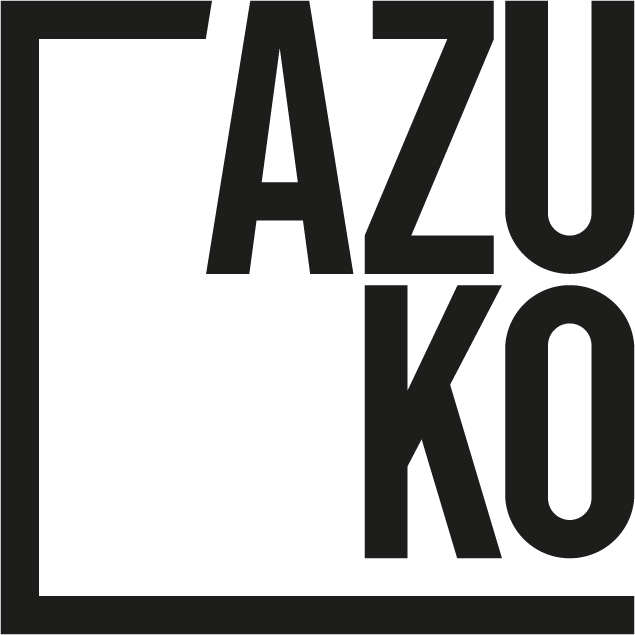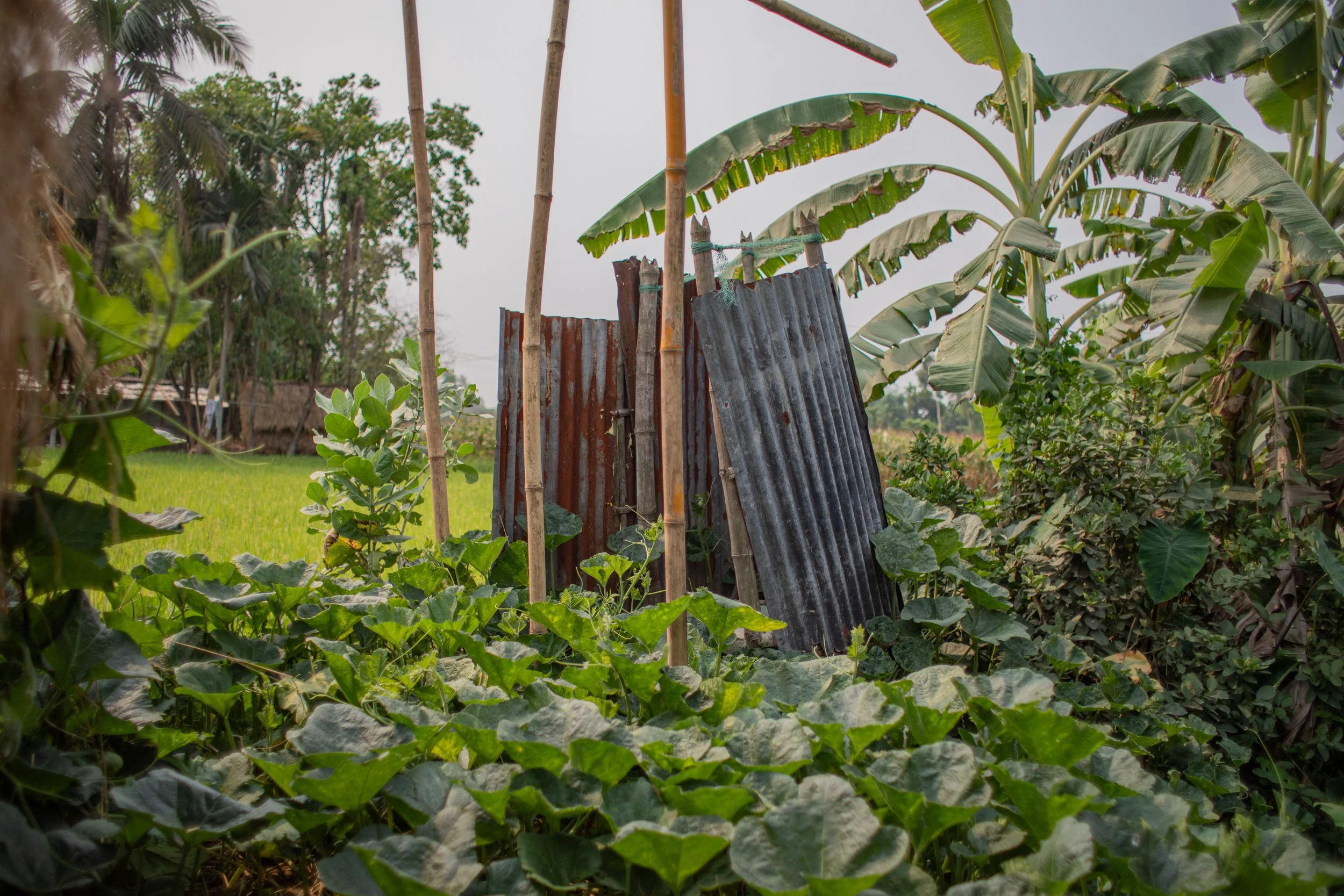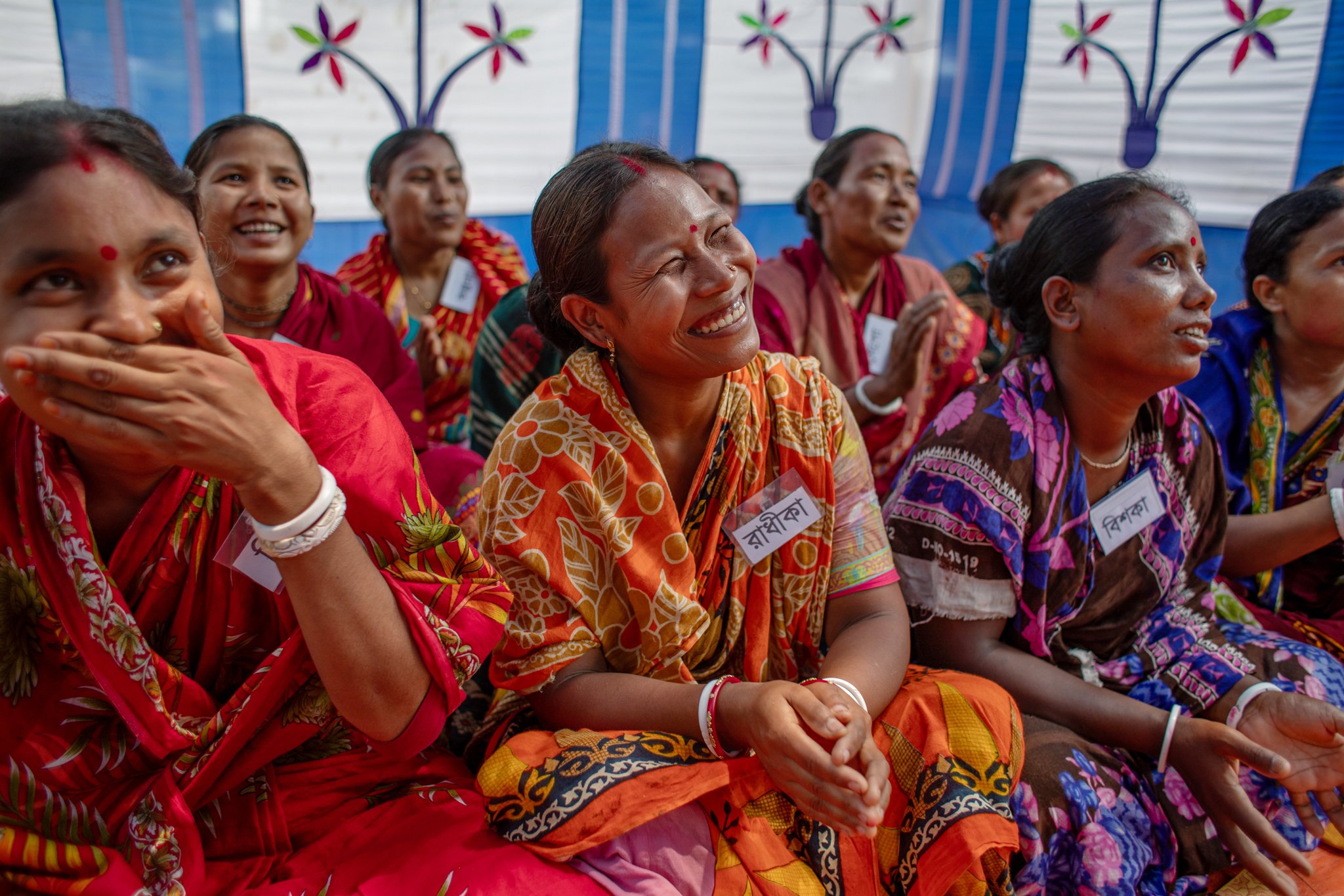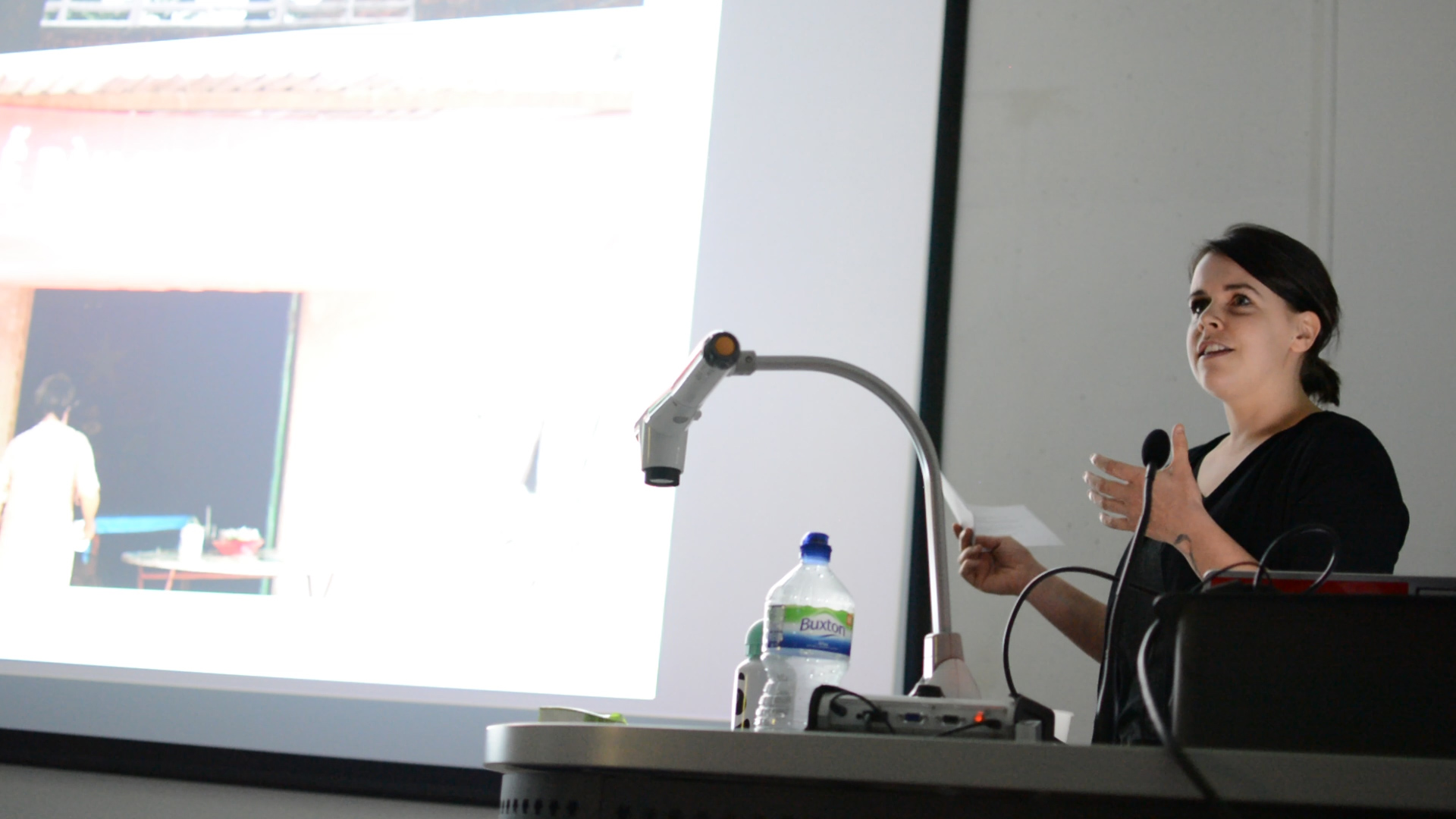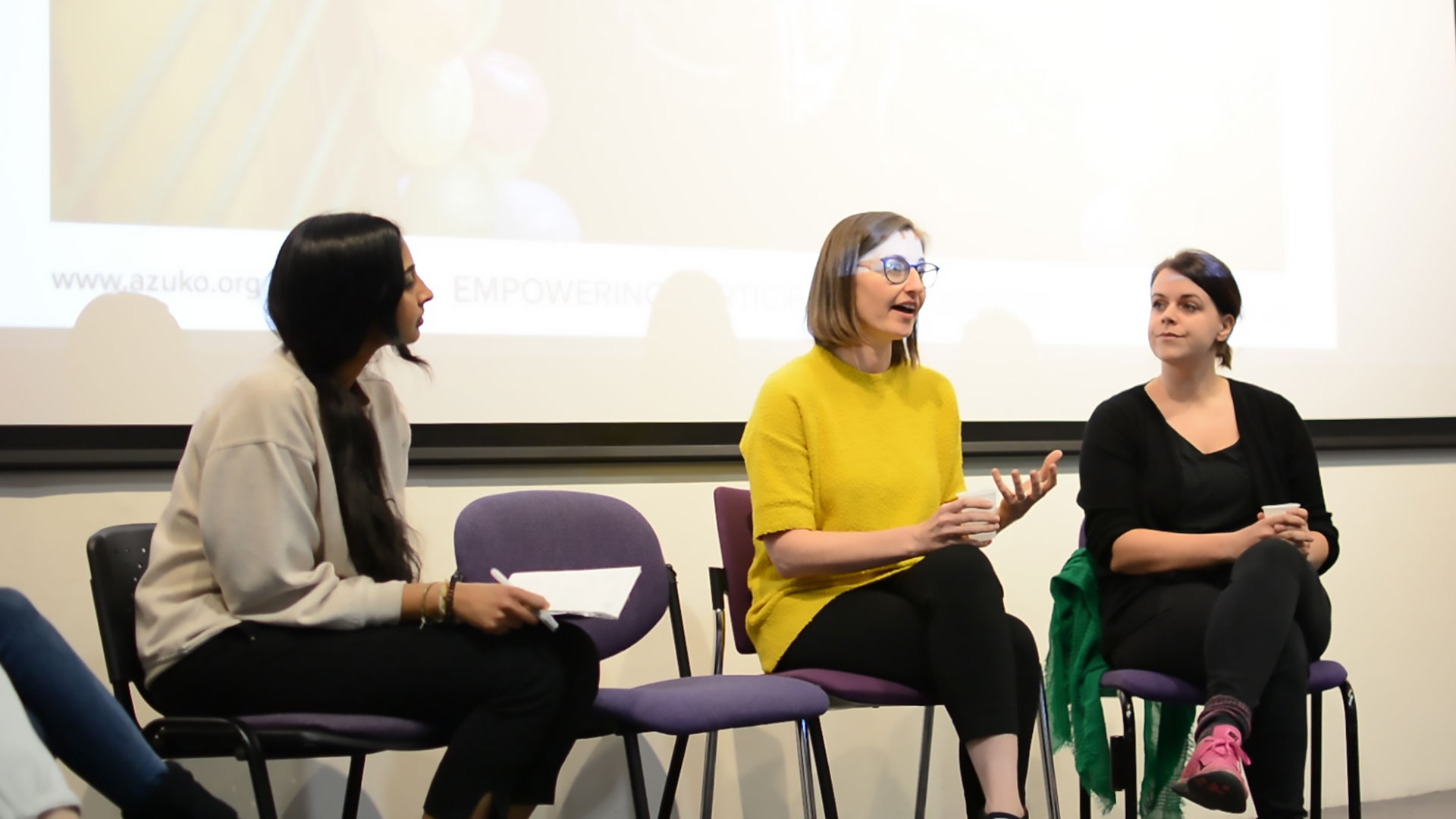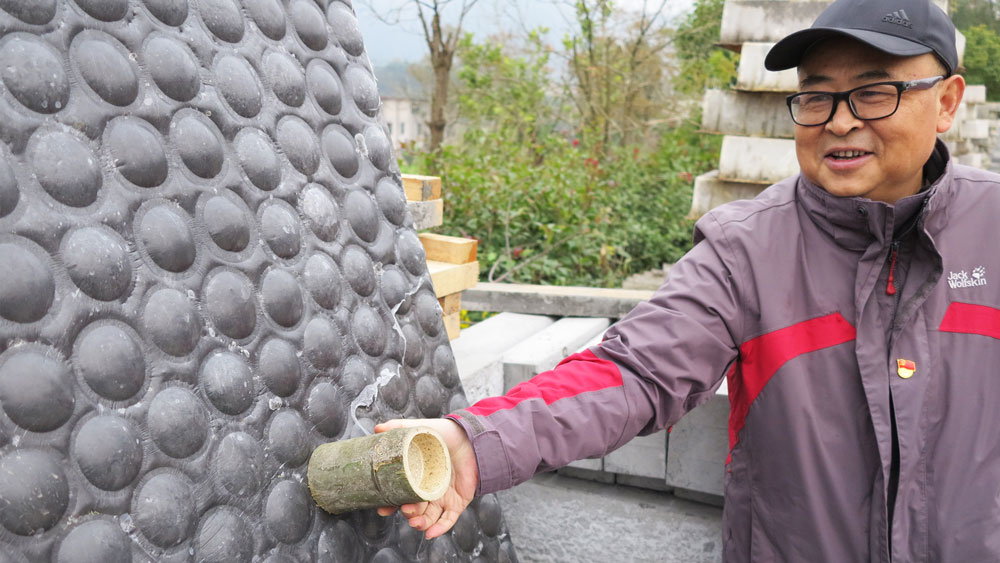On International Women's Day, 8 March, our Founder Jo Ashbridge and Trustee Katie Crepeau were invited to speak about their journeys into social impact design.
The event, as part of the annual lecture series 'Who Cares?' by Unit 6 at the Cass, explores humanitarian architecture. The series examines and questions what it is to work in these environments, the motives for doing so and the reality of not for profit practice.
International Women's Day is a global day celebrating the social, economic, cultural and political achievements of women. The day also marks a call to action for accelerating gender parity.
“Gender equality in architecture is not just a headline, it is a boardroom issue that requires urgent attention and action plans. It is within the profession and our individual powers to make a change. ”
The architecture and construction industry is notoriously male dominated. Statistics from the annual AR 'Women in Architecture' survey are sobering:
More than half of women have experienced discrimination, indirect or direct, during the past year, including sexism, bullying and/or sexual harassment
There is a gender pay gap with men earning more at all stages of their architectural career
Many believe having dependents can hamper if not halt career progression due to the uncompromising work schedule and culture
60% believe the industry has not fully accepted the authority of the female architect
There is a huge disparity of gender diversity in senior management positions.
We need more female role models.
To #PressforProgress, Jo and Katie shared their work and experiences in the industry. Two female speakers + an all female panel. They hope to inspire the next generation of women in architecture to break through that glass ceiling as well as present their non-traditional leadership roles.
“Being a woman in a very male dominant industry poses lots of challenges. Jo Ashbridge and Katie Crepeau have proven it’s not impossible and have inspired me to continue upon my journey to becoming an Architect. The humanitarian work presented by Jo has motivated me to step outside of my comfort zone and explore architecture beyond its verticality. Similarly, Katie’s consultancy services to help those seeking to take the first step towards creating their own design space is a vital source to those not familiar to the business aspect of the design world.
The evening was filled with incredibly eye opening and inspiring conversations. Thank you to both AzuKo and Design Affects for a fantastic evening!”
We'd love to hear your thoughts. Get in touch.
